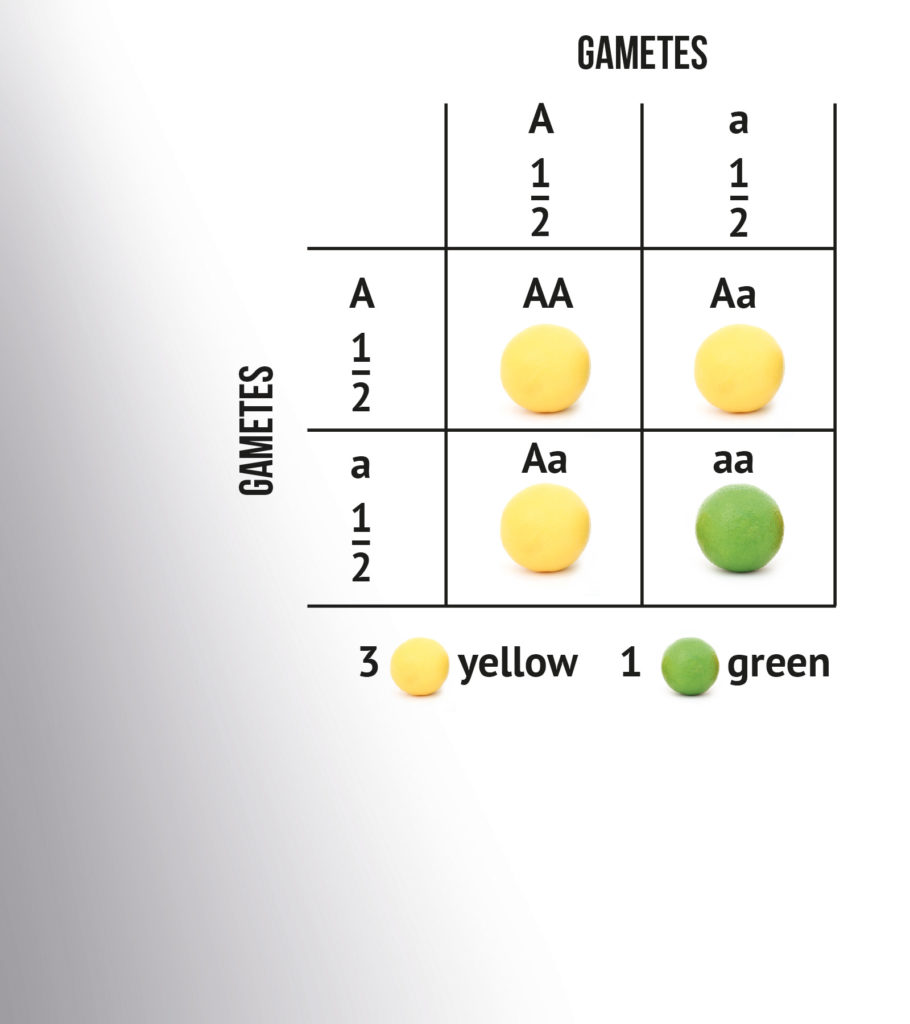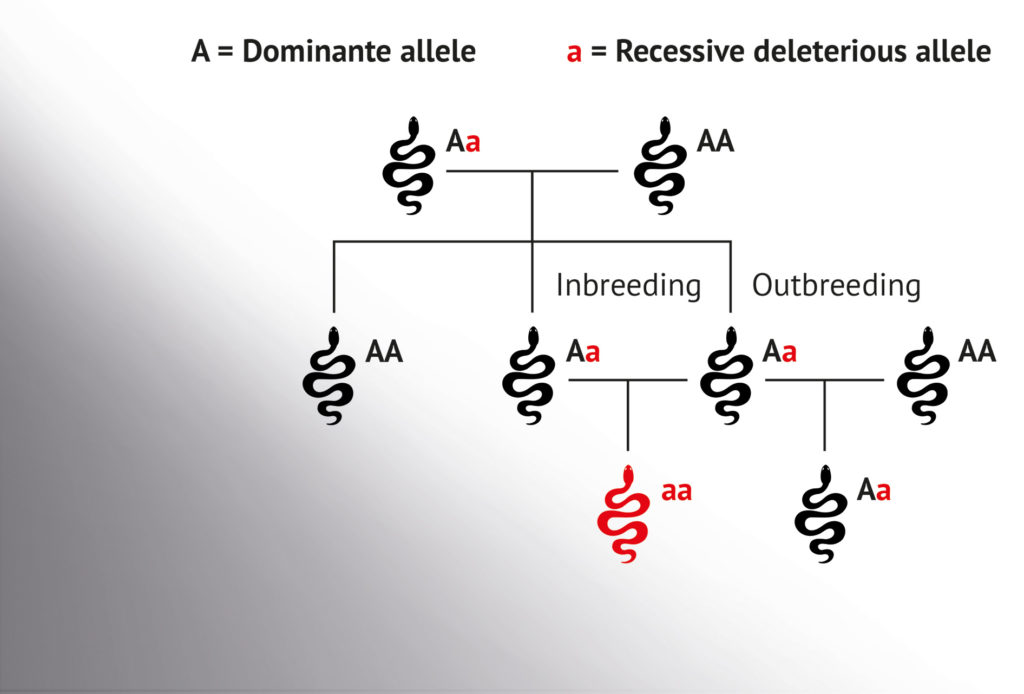- Joined
- Sep 1, 2014
- Messages
- 13,081
- Reputation
- 5,396
- Reaction score
- 46,429
- Points
- 0
- Currently Smoking
- yo arse
Thoughts by Sensiseeds
Stabilising cannabis Procedures to stabilise cannabis strains are poorly understood, even by breeders producing commercial strains. Stability refers to the variability and predictability found in the offspring of a parent generation: when a strain is unstable, variability will be high and predictability low; with a stable strain, the reverse is true.
Variability & predictability
Variability in this case refers to the range of different phenotypesthat will express when hybridising two different strains; predictability refers to the expected distribution ratio of the different phenotypes. When crossing stable parents, Mendelian inheritance dictates that: 50% of the offspring will resemble both parents equally, 25% will express traits closer to the mother and 25% closer to the father.
Usually, breeders will stabilise a strain over several generations. First, a healthy mother and father are selected, and bred to produce hybrid offspring that will be of varying predictability depending on parent stability. Hence, if the mother and father are both considered stable, their offspring would be expected to express three phenotypes as outlined above.
Stable vs. true-breeding
It is important to note that ‘stable’ does not equate to ‘true-breeding’. A true-breeding strain is one that will produce consistent offspring of one dominant phenotype (with few to no specimens unlike their siblings); in cannabis, these are usually found among the landraces and traditional cultivars. Further, breeders may use the term true-breeding to refer to single traits that will always recur (such as purpling or webbed leaves), rather than for overall phenotypic expression.

Mendelian inheritance at its most simple – 25% of offspring have the type AA, 25% are aa and 50% are Aa
Stable parents usually produce predictable, homozygous offspring, although with a greater degree of variation than found in true-breeding strains. However, if one or more parents is unstable, crossing them together results in a range of heterozygous offspring that can express any number of unpredictable traits, and which will not correspond to predictable Mendelian ratios.
The traits that are dominant in each parent are recombined to provide the genetic basis for the next generation. The initial crossing of two unrelated parents is known as the filial-1 (f1) hybrid. Usually, the best examples of the f1 hybrids will be crossed to produce the f2 generation, which is usually even more unstable than the f1.
Crossing & back-crossing
With several generations of crossing together brothers and sisters from the same parents—selecting on the basis of desirable traits—a greater degree of consistency and therefore predictability can be achieved. Desired traits become dominant and will always appear, while undesirable traits are gradually eliminated from the gene pool and are no longer expressed.
For some traits, back-crossing plants to previous generations allows traits to become stabilised more quickly. Many breeders erroneously believe that some degree of back-crossing is necessary to stabilise any strain, but in reality this technique is only required for certain characteristics.
Inbreeding depression
After crossing and possibly back-crossing for several generations, the desired traits should begin to express in all individuals. However, after many generations of essentially limiting and reducing the gene pool so that only desired traits express, the resulting paucity of genetic material can lead to a level of inbreeding that is detrimental to the overall health and sustainability of the strain.

A simple diagram showing the potential for inbreeding to render unwanted, recessive traits dominant
Put simply, if two related parents both carry the same recessive allele, which happens to be defective or otherwise deleterious, the chances of two identical copies passing to the offspring are far higher than with unrelated parents. If two individuals carrying these faulty alleles then breed with each other, the undesirable trait will be dominant and breed true in all subsequent generations of the lineage.
Outbreeding for improved diversity
For this reason, when strains begin to experience such severe inbreeding (known as inbreeding depression), it is common to introduce a new, unrelated father in a process known as outbreeding.
Inbreeding depression will occur more slowly if there is an abundance of genetic material from which to form new offspring. Therefore, with smaller population sizes, inbreeding depression can occur rapidly. This is especially common in countries with a strong cannabis-using culture that have not decriminalised the means of production, such as the Netherlands where small libraries are maintained due to risk of discovery.
Stabilising cannabis Procedures to stabilise cannabis strains are poorly understood, even by breeders producing commercial strains. Stability refers to the variability and predictability found in the offspring of a parent generation: when a strain is unstable, variability will be high and predictability low; with a stable strain, the reverse is true.
Variability & predictability
Variability in this case refers to the range of different phenotypesthat will express when hybridising two different strains; predictability refers to the expected distribution ratio of the different phenotypes. When crossing stable parents, Mendelian inheritance dictates that: 50% of the offspring will resemble both parents equally, 25% will express traits closer to the mother and 25% closer to the father.
Usually, breeders will stabilise a strain over several generations. First, a healthy mother and father are selected, and bred to produce hybrid offspring that will be of varying predictability depending on parent stability. Hence, if the mother and father are both considered stable, their offspring would be expected to express three phenotypes as outlined above.
Stable vs. true-breeding
It is important to note that ‘stable’ does not equate to ‘true-breeding’. A true-breeding strain is one that will produce consistent offspring of one dominant phenotype (with few to no specimens unlike their siblings); in cannabis, these are usually found among the landraces and traditional cultivars. Further, breeders may use the term true-breeding to refer to single traits that will always recur (such as purpling or webbed leaves), rather than for overall phenotypic expression.

Mendelian inheritance at its most simple – 25% of offspring have the type AA, 25% are aa and 50% are Aa
Stable parents usually produce predictable, homozygous offspring, although with a greater degree of variation than found in true-breeding strains. However, if one or more parents is unstable, crossing them together results in a range of heterozygous offspring that can express any number of unpredictable traits, and which will not correspond to predictable Mendelian ratios.
The traits that are dominant in each parent are recombined to provide the genetic basis for the next generation. The initial crossing of two unrelated parents is known as the filial-1 (f1) hybrid. Usually, the best examples of the f1 hybrids will be crossed to produce the f2 generation, which is usually even more unstable than the f1.
Crossing & back-crossing
With several generations of crossing together brothers and sisters from the same parents—selecting on the basis of desirable traits—a greater degree of consistency and therefore predictability can be achieved. Desired traits become dominant and will always appear, while undesirable traits are gradually eliminated from the gene pool and are no longer expressed.
For some traits, back-crossing plants to previous generations allows traits to become stabilised more quickly. Many breeders erroneously believe that some degree of back-crossing is necessary to stabilise any strain, but in reality this technique is only required for certain characteristics.
Inbreeding depression
After crossing and possibly back-crossing for several generations, the desired traits should begin to express in all individuals. However, after many generations of essentially limiting and reducing the gene pool so that only desired traits express, the resulting paucity of genetic material can lead to a level of inbreeding that is detrimental to the overall health and sustainability of the strain.

A simple diagram showing the potential for inbreeding to render unwanted, recessive traits dominant
Put simply, if two related parents both carry the same recessive allele, which happens to be defective or otherwise deleterious, the chances of two identical copies passing to the offspring are far higher than with unrelated parents. If two individuals carrying these faulty alleles then breed with each other, the undesirable trait will be dominant and breed true in all subsequent generations of the lineage.
Outbreeding for improved diversity
For this reason, when strains begin to experience such severe inbreeding (known as inbreeding depression), it is common to introduce a new, unrelated father in a process known as outbreeding.
Inbreeding depression will occur more slowly if there is an abundance of genetic material from which to form new offspring. Therefore, with smaller population sizes, inbreeding depression can occur rapidly. This is especially common in countries with a strong cannabis-using culture that have not decriminalised the means of production, such as the Netherlands where small libraries are maintained due to risk of discovery.
